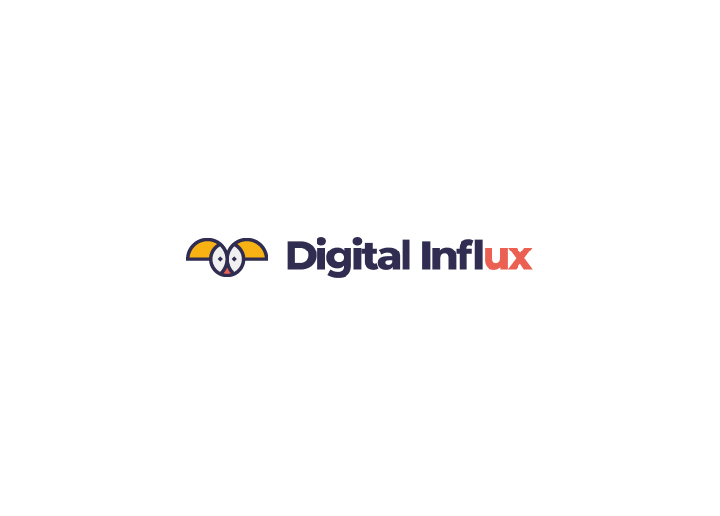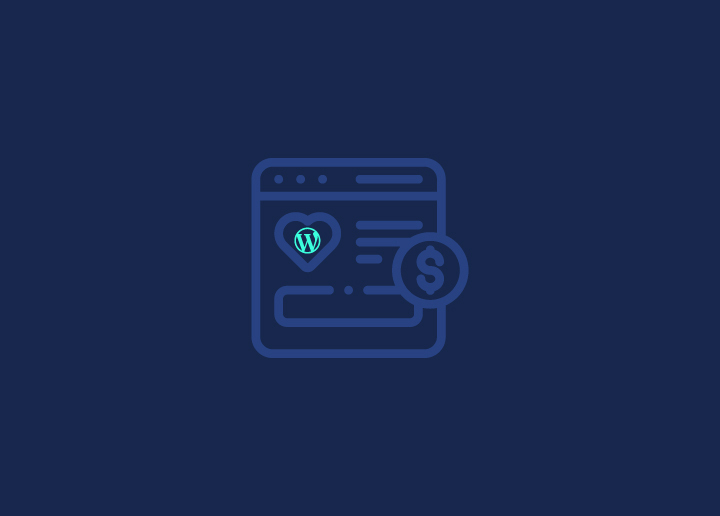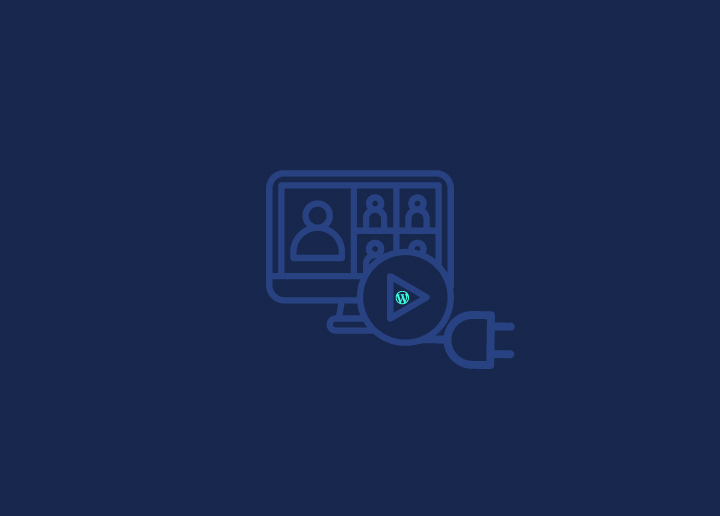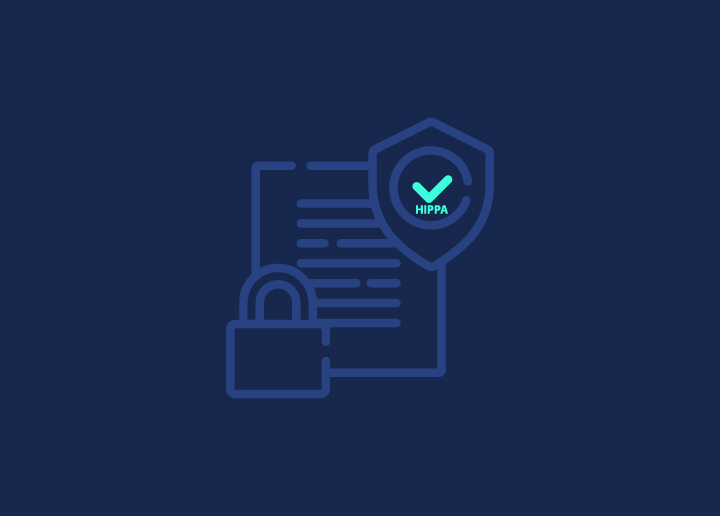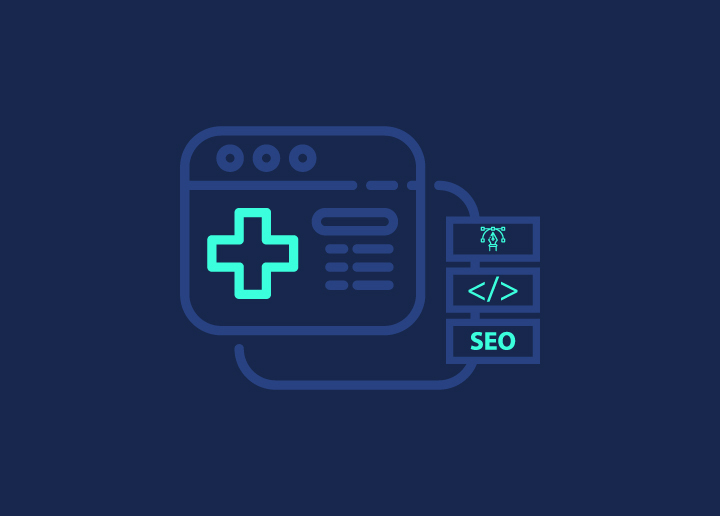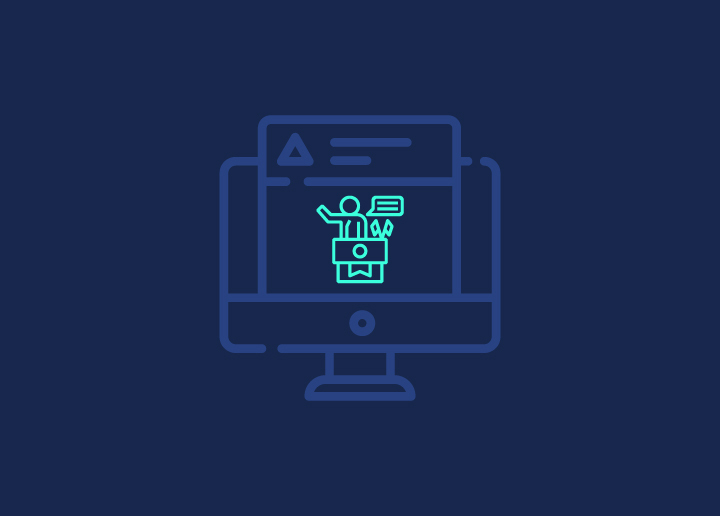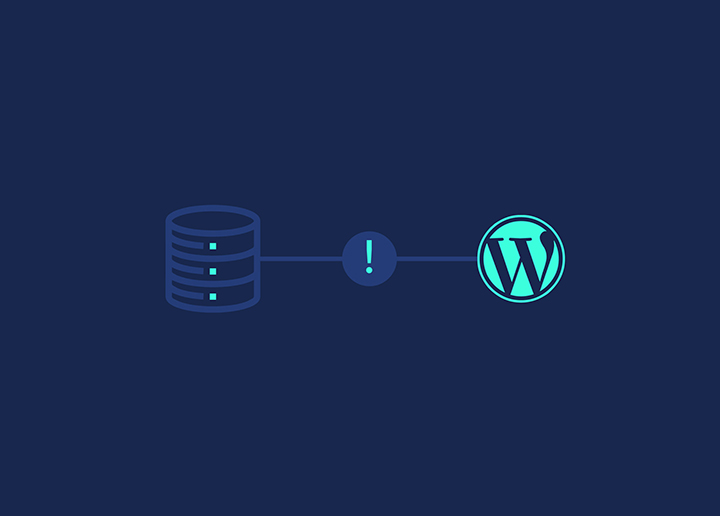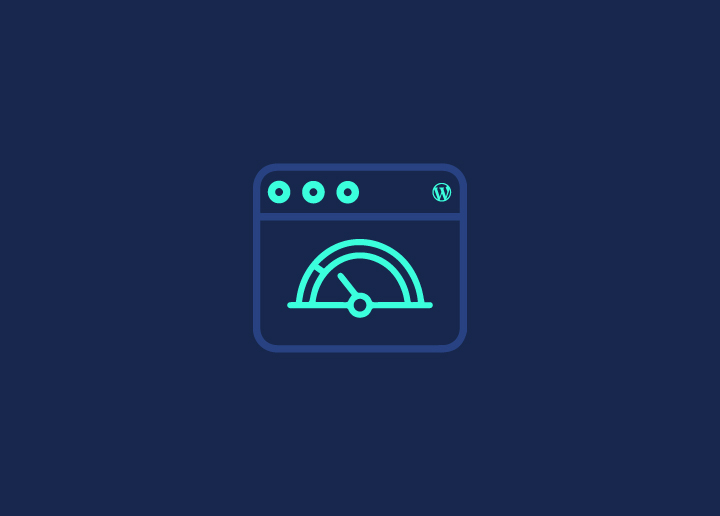Suffering a hack can be a nightmare for any website owner. It can lead to lost revenue, damage to your reputation, and even legal troubles. It’s important to take a pragmatic approach when dealing with a hack, so you can maintain your sanity and minimize the impact of the attack.
The term “hack” is ambiguous and can refer to a wide range of security breaches. To get the help you need, it’s important to understand the specific symptoms that led you to believe your website has been hacked. These are known as Indicators of Compromise (IoC). Some clear indicators of a hack include blacklisting by search engines, a disabled website, distribution of malware, complaints from readers about antivirus alerts, reports of your website being used to attack others, unauthorized behavior, and visible evidence of a hack when opening your website in a browser.
By understanding these symptoms, you can reach out to the right resources for help, such as security experts or online forums. Taking immediate action is crucial to prevent further damage and protect your website and your users. By addressing the issue quickly and methodically, you can move beyond the hack and get back to running your website with minimal impact.
Help, I think I’ve been hacked
If you feel that your site has been hacked, here are some signs to look out for:
- Your site is redirecting to another website.
- Your site is showing ads or pop-ups that you didn’t place there.
- Your site is slow or unresponsive.
- Your login credentials are not working.
- Your site has been flagged as insecure by search engines.
If you notice any of these signs, taking action immediately is important.
Some steps to take:
- Change your passwords: The first thing you should do is change all of your login credentials, including your WordPress admin password, your hosting account password, and your FTP password.
- Restore from backup: If you have a backup of your site from before the hack, restore it as soon as possible. This will help to eliminate any malicious code that may have been added to your site.
- Update your software: Ensure your WordPress installation, plugins, and themes are up-to-date. Outdated software can make your site vulnerable to attacks.
- Scan for malware: Use a malware scanning tool like WordPress security scanner to scan your site for any malicious code.
- Remove any suspicious files: Look for any files you don’t recognize or look suspicious and delete them. You should also check your theme and plugin files for any suspicious code.
- Install security plugins: Install security tools like to add a layer of protection to your site.
- Contact your hosting provider: If you’re unsure what to do, contact your hosting provider for assistance. They may be able to provide additional support and help you secure your site.


